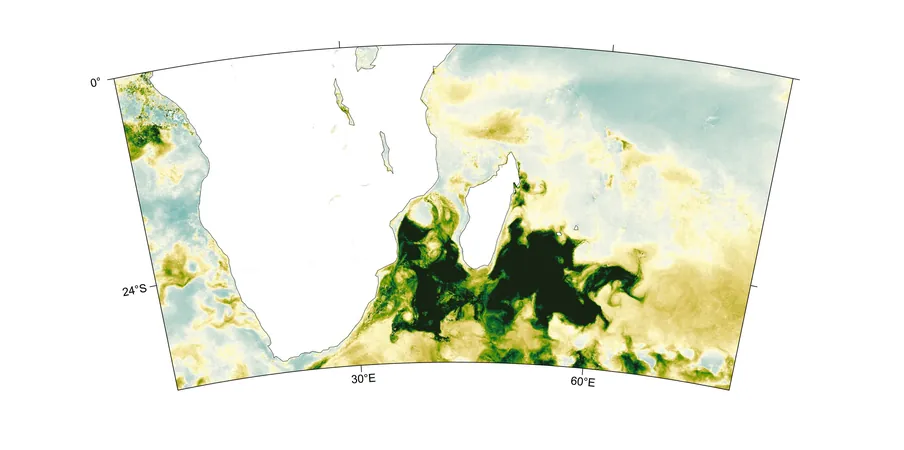
New Research Illuminates Conservation Strategies for Kirtland's Warbler in the Bahamas
2024-09-25
Introduction
A recent study highlights the critical need for landscape-scale conservation efforts aimed at protecting the Kirtland's Warbler (Setophaga kirtlandii), a species currently classified as near threatened by the IUCN. This research underscores the importance of understanding habitat selection by vulnerable bird species, particularly during their wintering phase in the Bahamas.
Key Findings
Published in the journal Avian Conservation and Ecology, the study reveals intricate relationships between the warbler's home range and core area, determined by vegetation age and the distribution of food resources. As these birds migrate from their northern breeding grounds to the warmer tropics, they exhibit remarkable adaptability in their spatial behavior, which can be influenced by factors such as food availability, predation risks, and intra-species competition.
Wintering Phase
Kirtland's Warblers winter in the Bahamas from November to April, a period characterized by a decline in food resources such as fruits and arthropods. This scarcity often forces them to relocate from areas with insufficient food to those that are more abundant. During especially dry years, such movements can lead to pronounced fluctuations in population density across different sites.
Research Methodology
To gather data on their space usage, researchers from the USDA Forest Service, Antioch University of New England, and the American Bird Conservancy utilized radio telemetry techniques on sedentary Kirtland's Warblers in Eleuthera, Bahamas. Their findings revealed that the home ranges of these warblers are larger than those of most other wintering Nearctic-Neotropical migratory passerine birds, a detail that emphasizes their flexible foraging strategies in response to variable food availability.
Research Findings and Significance
Lead researcher Joseph M. Wunderle emphasized the significance of these findings, stating that the larger home range might be a result of fluctuating food supplies, prompting the warblers to explore and utilize more extensive areas during their non-breeding period. The study also observed that while adult females tended to have smaller core areas compared to juveniles and males, no clear correlation was found between age and sex differences with overall home range size.
Food Sources and Habitat Preference
Further analyses suggest that, despite the critical role of fruit as a food source, the Kirtland's Warbler appears adept at consuming alternative food resources like arthropods, which are more plentiful in mid-to-mature forest habitats. This adaptability could lead to increased home range size as the availability of fruit diminishes in older vegetation areas.
Implications for Conservation
The study's authors found compelling evidence that the abundance of fruit shrubs significantly influenced home range overlap among the warblers. However, core area overlaps were lower, particularly at different points in winter, suggesting a tendency for the birds to establish territories and minimize interactions with each other.
Conclusion
This research not only provides valuable insights into the ecological requirements of the Kirtland's Warbler but also emphasizes the importance of targeted conservation strategies to ensure the survival of this species. Understanding their habitat use and the factors influencing it will be vital for implementing effective conservation measures that can mitigate the threats faced by these remarkable birds. As environmental challenges mount, it is crucial for conservationists to adapt strategies that consider the complex dynamics of wildlife habitat use, making studies like this an essential contribution to biodiversity preservation efforts.






 Brasil (PT)
Brasil (PT)
 Canada (EN)
Canada (EN)
 Chile (ES)
Chile (ES)
 España (ES)
España (ES)
 France (FR)
France (FR)
 Hong Kong (EN)
Hong Kong (EN)
 Italia (IT)
Italia (IT)
 日本 (JA)
日本 (JA)
 Magyarország (HU)
Magyarország (HU)
 Norge (NO)
Norge (NO)
 Polska (PL)
Polska (PL)
 Schweiz (DE)
Schweiz (DE)
 Singapore (EN)
Singapore (EN)
 Sverige (SV)
Sverige (SV)
 Suomi (FI)
Suomi (FI)
 Türkiye (TR)
Türkiye (TR)